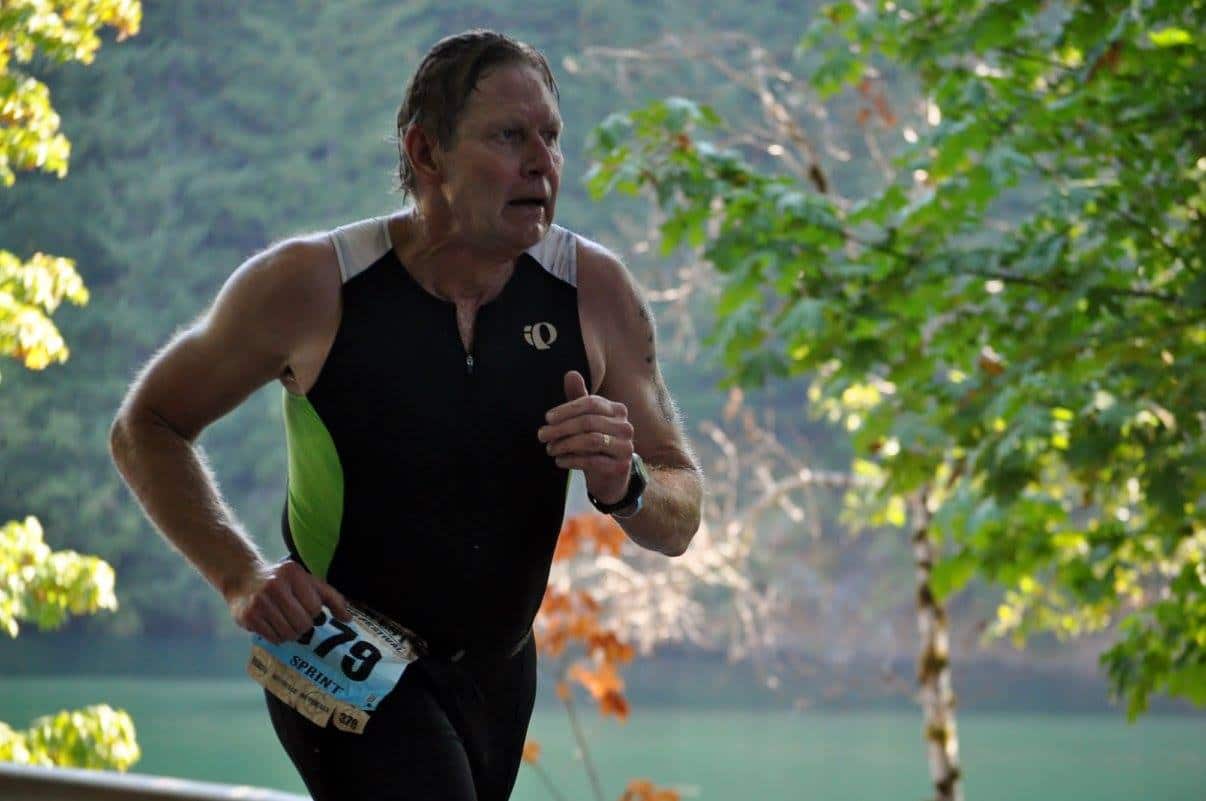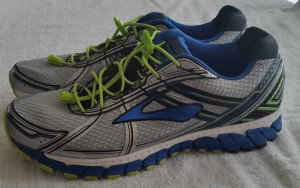How Do I Start Running for My First Triathlon?

Starting to Run for Triathlon Training
No matter if you are new to running or it has been some time since you ran, start slowly. Follow this advice from Kathrine Switzer, the first woman to run the Boston Marathon, for those in her 70+ year age group.
“You don’t have to completely change your clothes and get into special gear. Get the shoes on and go out in what you have on. Just move.”
Before you know it, your fitness will improve and you will be capable of completing your first triathlon.
Follow this simple advice for training for the triathlon run.
Many people who participate in a triathlon, independent of their age, come from a background of running. That was clearly not my case. I ran my first 5-k at the age of 50. The training that I had done in preparation for this race could be best described as intuition – no reading or advice from a trainer. In any case, I easily survived.
If you have been a runner for much of your life, then you can skip through this article since it is dedicated to those who have never been runners or have not been running for a number of years. However, please check back for information in the future where lessons from experienced masters runners will be shared.
PLEASE NOTE: If you are not currently running or if your doctor has not given you permission to start running, speak with your primary care physician before doing so. My wife, who has had both knees replaced, has been told by her orthopedic surgeon that she cannot run on her new knees for some time. She can, however, still participate in triathlon as part of a relay team.
If after consulting your doctor, you continue with your plan to start running, the following program, called the 30/30 Plan, has been defined by Hal Higdon, author of ‘Masters Running: a guide to running and staying fit after 40’ – click here for a review of this book:
“1. Walk out the door and go 15 minutes in one direction, turn around, return 15 minutes to where you started: 30 minutes total.
2. For the first 10 minutes of your workout, it is obligatory that you walk: No running!
3. For the last 5 minutes of your workout, it is obligatory that you walk; Again, no running!
4. During the middle 15 minutes of the workout, you are free to jog or run – as long as you do so easily and do not push yourself.
5. Here’s how to run during those middle 15 minutes: Jog for 30 seconds, walk until you are recovered, jog 30 seconds again. Jog, walk, Jog. Walk. Jog. Walk.
6. Once comfortable jogging and walking, adopt a 30/30 pattern. Jogging 30 seconds, walking 30 seconds, etc.
Follow this 30/30 pattern for 30 days. If you train continuously every day you can complete this is one month. If you train only every other day, it will take you 2 months. Do what your body tells you. Everyone is different in their ability to adapt to exercise. When you are beginning, it is better to do too little than too much.”
After 30 days you should be able to cover 1 to 2 miles by walking and jogging.
In preparing for her first triathlon at age 63, Sue Faulkner recalls “My first run was with my granddaughter alongside the canal, which was nice and flat. I could only manage 20 paces at a time before walking a short way, then running another 20 paces. It was a start.” Eight weeks later she was able to run the 2.5 km distance of the triathlon. Source: http://www.bbc.com/sport/get-inspired/28806570
It is important to not increase mileage or intensity (speed) by more than 5% per week. I have tried to do more and realized this to be true. On the other hand, in preparation for my first half marathon (13. 1 miles) last year, I learned that one can increase by small amounts each week without injury.
Before starting running, I recommend that you visit one of your local running stores (not a general purpose sports store) to review the options for shoes with people knowledgeable of the needs of runners. Most of the people working in these stores are runners. Find the correct fit (for example, I found that I needed a wide (2E) shoe width.

Brooks Adrenaline GTS15, size 13 2E
Also, note that you need to spend some time ‘breaking in’ these shoes, which can occur by walking or short runs. My experience is that with new shoes, the first few times that I wear them, I find an extra amount of friction between my foot and the inner sole of the shoe. This usually stops after a few miles of use.
Remember to be patient – progress consistently but modestly.
A future post will describe the importance of stretching after running and biking and a routine that I have found important for preventing injury.
